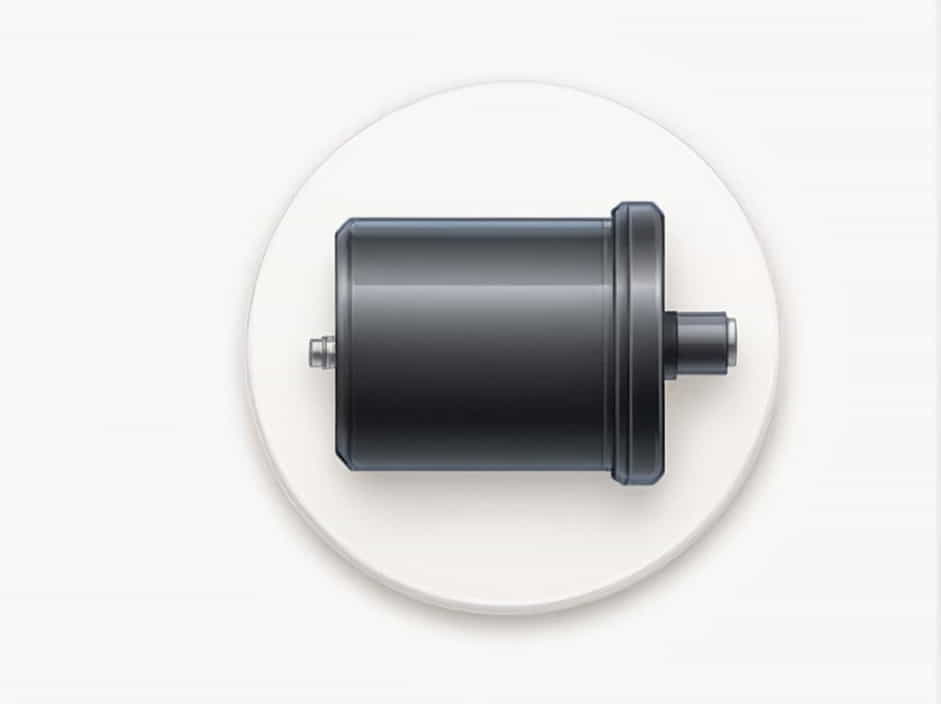The filter drier is a crucial component in an air conditioning (AC) system, responsible for removing moisture, debris, and contaminants from the refrigerant. When an AC system operates without a filter drier, it can experience reduced efficiency, potential damage, and even system failure.
This topic explores the importance of a filter drier, the risks of running an AC without one, signs of a missing or faulty filter drier, and how to fix the issue.
What Is a Filter Drier in an AC System?
A filter drier is a small yet essential component in an air conditioning system, located in the liquid line or suction line. It serves two main purposes:
- Filtering out debris such as metal ptopics, dirt, and sludge that can clog the system.
- Absorbing moisture that can cause corrosion and acid formation, leading to compressor failure.
Without a properly functioning filter drier, the refrigerant flow can become contaminated, leading to system inefficiency and breakdowns.
What Happens If There Is No Filter Drier on an AC?
1. Moisture Buildup in the Refrigerant
- The refrigerant should remain dry to prevent freezing or corrosion.
- Without a filter drier, moisture can accumulate, leading to ice formation inside the expansion valve or other components.
- Excessive moisture can cause acid buildup, which damages the compressor and piping.
2. Contaminants Circulating Through the System
- Dirt, metal shavings, and other ptopics can damage the compressor, valves, and capillary tubes.
- A clogged system reduces cooling efficiency and increases repair costs.
3. Reduced Cooling Performance
- If contaminants clog the expansion valve or capillary tubes, the refrigerant cannot flow properly.
- The AC may struggle to maintain proper cooling, leading to higher energy consumption.
4. Increased Wear and Tear on Components
- Without proper filtration, the compressor and other components work harder, reducing their lifespan.
- Over time, the lack of a filter drier can lead to costly system failures.
5. System Failure and Costly Repairs
- The absence of a filter drier can cause severe internal damage, requiring expensive repairs or a complete AC replacement.
Signs That Your AC Is Missing a Filter Drier
If your air conditioning system is experiencing any of the following symptoms, it may be due to the absence of a filter drier or a faulty one.
1. Poor Cooling Efficiency
- If your AC isn’t cooling as effectively as before, contaminants or moisture buildup may be blocking refrigerant flow.
2. Ice Formation on Coils or Expansion Valve
- Excessive moisture can cause ice to form on the evaporator coils, reducing performance.
3. Unusual Noises from the Compressor
- Grinding or knocking sounds may indicate internal damage due to debris circulating in the system.
4. Increased Energy Bills
- A clogged or contaminated AC system works harder, consuming more electricity.
5. Refrigerant Leaks or Corrosion
- If you notice refrigerant leaks or rust on the AC components, moisture contamination may be present.
Why Would an AC System Not Have a Filter Drier?
1. Improper Installation
- Some AC units may be installed without a filter drier, either due to oversight or cost-cutting.
2. Removed During Repairs
- A technician may remove the filter drier during a refrigerant recharge or compressor replacement and fail to install a new one.
3. Old System with Worn-Out Components
- In older AC units, the filter drier may have degraded over time, losing its effectiveness.
How to Fix an AC Without a Filter Drier
If your AC is missing a filter drier, it is essential to install one to prevent long-term damage and improve performance. Here’s how to correct the issue.
1. Identify the Correct Type of Filter Drier
There are two main types:
- Liquid Line Filter Drier – Installed before the expansion valve, preventing debris from entering the evaporator.
- Suction Line Filter Drier – Installed before the compressor, protecting it from contaminants.
2. Have a Professional Install a Filter Drier
- Installing a filter drier requires cutting into the refrigerant lines, which should be done by an HVAC professional.
- The system must be evacuated and recharged properly to prevent refrigerant leaks.
3. Replace an Old or Faulty Filter Drier
- If the filter drier is already installed but clogged or damaged, it must be replaced to restore efficiency.
4. Regular Maintenance and Inspections
- Checking and replacing the filter drier periodically ensures clean refrigerant flow and extends the life of your AC system.
Preventing Problems Related to a Missing Filter Drier
To avoid AC issues related to a missing or faulty filter drier, follow these maintenance tips:
1. Schedule Regular AC Servicing
- An HVAC technician can inspect your filter drier and ensure it’s functioning correctly.
- Routine maintenance prevents moisture buildup and contamination.
2. Use a High-Quality Filter Drier
- Investing in a reliable filter drier reduces the risk of compressor damage and system failure.
3. Monitor Cooling Performance
- If you notice reduced efficiency, ice buildup, or strange noises, have a technician check the refrigerant lines and filter drier.
4. Ensure Proper Installation
- Always verify that a filter drier is included when installing a new AC system or replacing major components.
5. Avoid DIY Refrigerant Handling
- Refrigerant systems require specialized tools and training.
- Always seek professional assistance when installing or servicing AC components.
The filter drier is an essential component of any AC system, responsible for removing moisture, contaminants, and debris from the refrigerant. Running an AC without a filter drier can lead to reduced efficiency, compressor failure, and costly repairs.
If your air conditioning system is missing a filter drier or experiencing performance issues, it’s crucial to address the problem immediately. By installing the correct filter drier, performing regular maintenance, and ensuring proper installation, you can keep your AC running efficiently and extend its lifespan.
Ignoring the absence of a filter drier can lead to serious system damage and expensive repairs, so always ensure that this critical component is present and functioning correctly.
